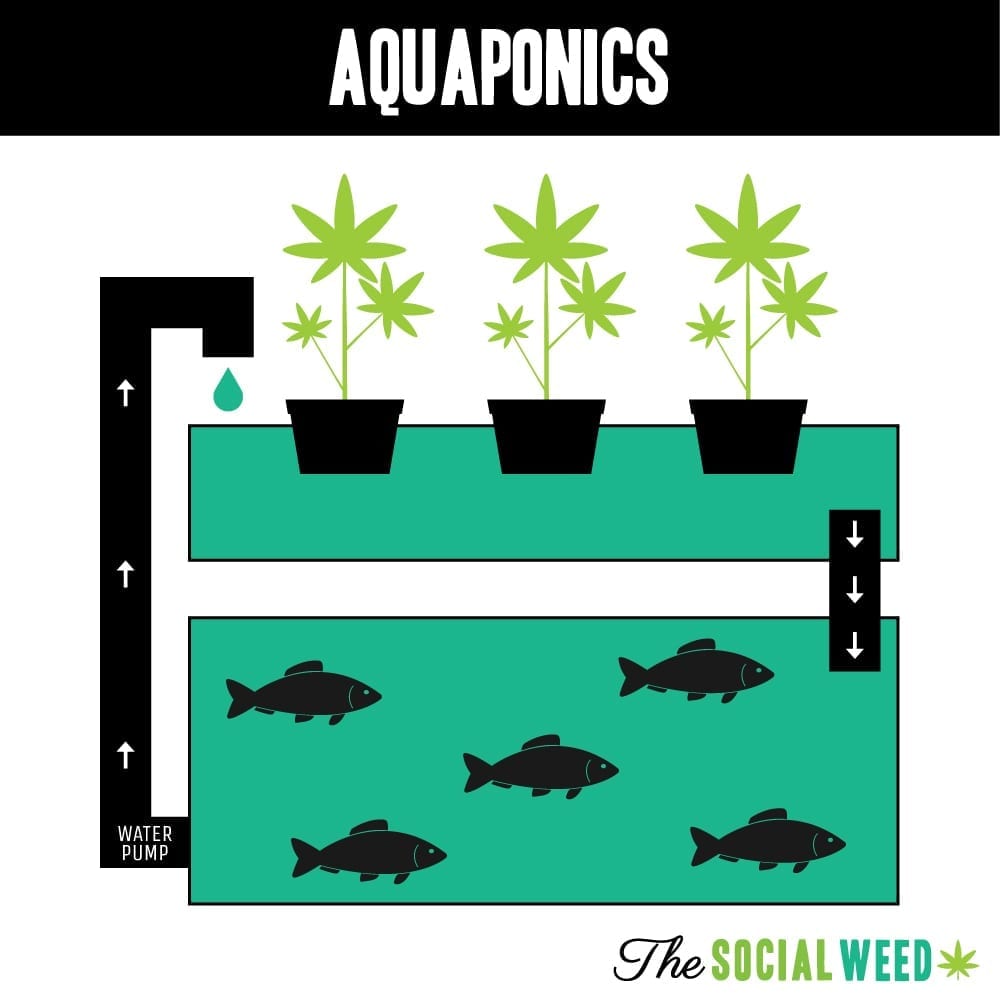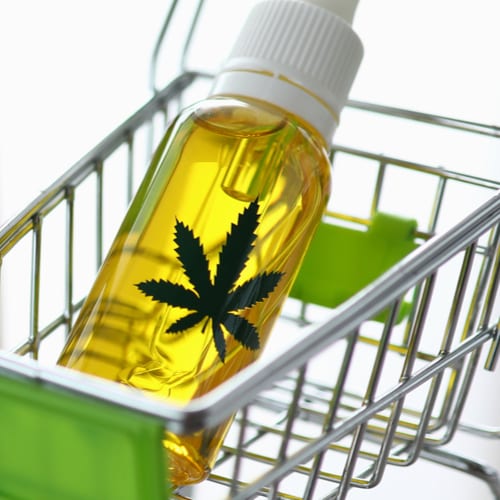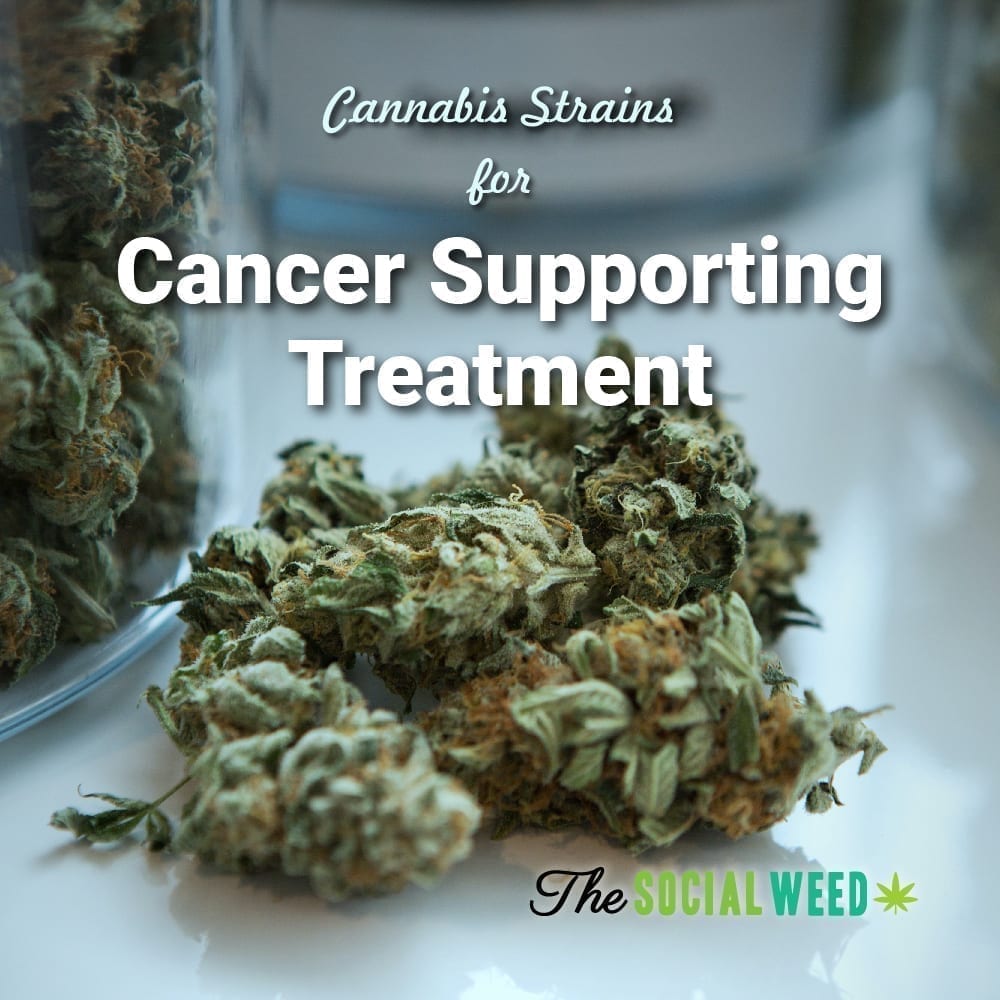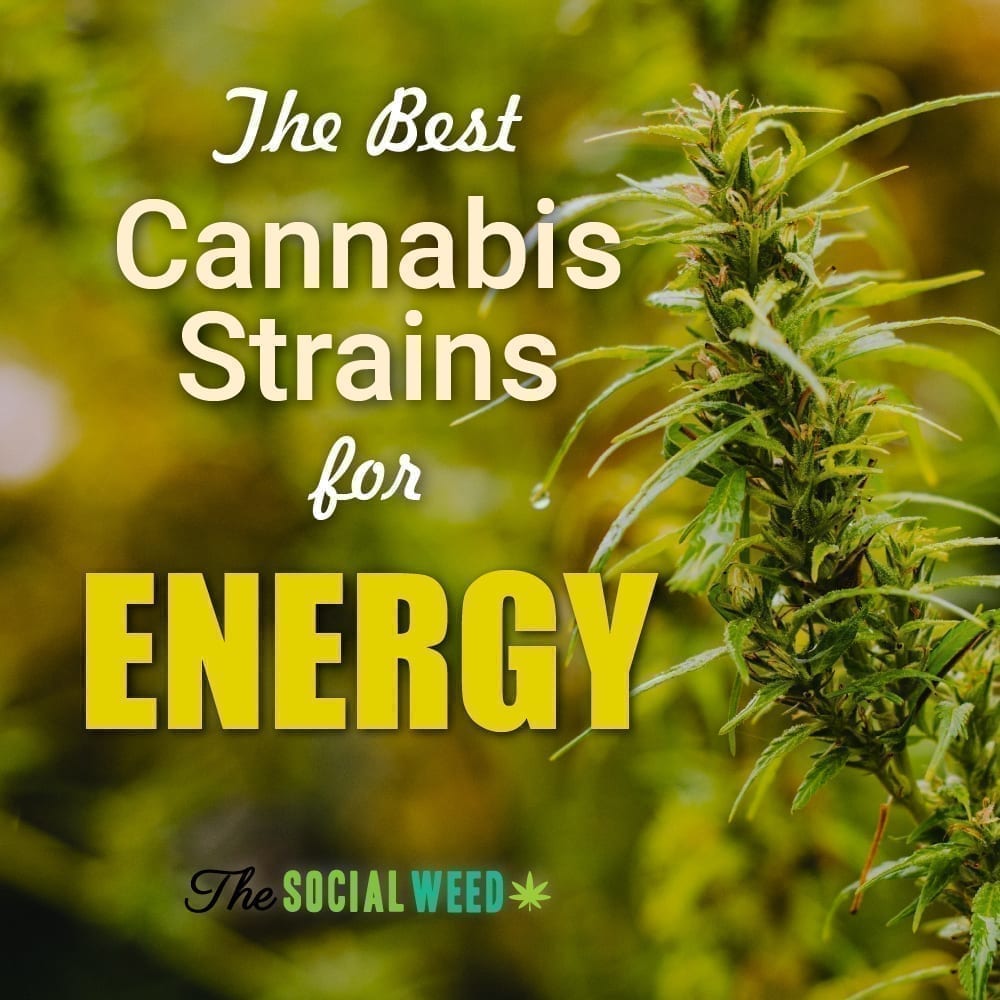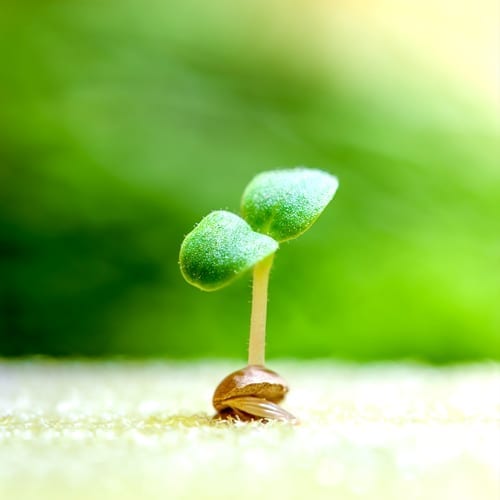
Growing is one of the many illusive stoner-ventures that many of us have yet to attempt. It’s known to be difficult but equally rewarding as you look at your full-grown plants. For those looking to shift their lifestyle around cannabis, this can be the first step on an enriching road. Those who cultivate their own cannabis for medicinal or recreational use have the benefit of knowing exactly what goes in their plan and the ability to grow strains they enjoy.
Before one can reap the benefits though, one has to actually use that green thumb and grow something first. In desert states like Nevada and Arizona, however, this can be an especially difficult task considering summer temperatures that regularly reach 110 degrees and provide limited rainfall. Outdoor grows, with this harsh environment, are nearly out of the question. The ways around this hurdle can actually lead to some pretty effective and efficient ways to grow.
The dryness can account for many issues along the growing process but with new innovation, the hurdles for legal-desert states can be a thing of the past.
So, if you are starting this growing journey in a desert state or just looking for some new techniques to grow, here are some options to ease the struggle.
For those just starting to grow and produce cannabis, there are a variety of factors that go into the process. Low stress and high stress growing are ways to affect your yield as cannabis will not natural do what is best for production. High stress meaning to put the plant through harsh conditions, such as light deprivation, so benefit from the added element but still recover and yield more than normal. Low stress would be the opposite, allowing nature to simply do what nature intends. The growing techniques we are looking at today are more focused on conservation and healthier choices, making them available to those doing high or low stress growing.
Many times, the stress we put on a plant may not be enough to get the yield we needed. Your plant could be missing some nutrients or elements that you just can’t get as easily or didn’t know they needed. Cannabis plants need well-drained slightly soil with organic matter. For beginners, soil composition and understanding is important to how far the process will even go. Between soil and fertilizer, the basic foundation of growing is sometimes the biggest headache. The timely watering is just an added chore if you plan to do this all by yourself. These small basics are the reasons most people don’t go very far growing as a green thumb is not natural to everyone.
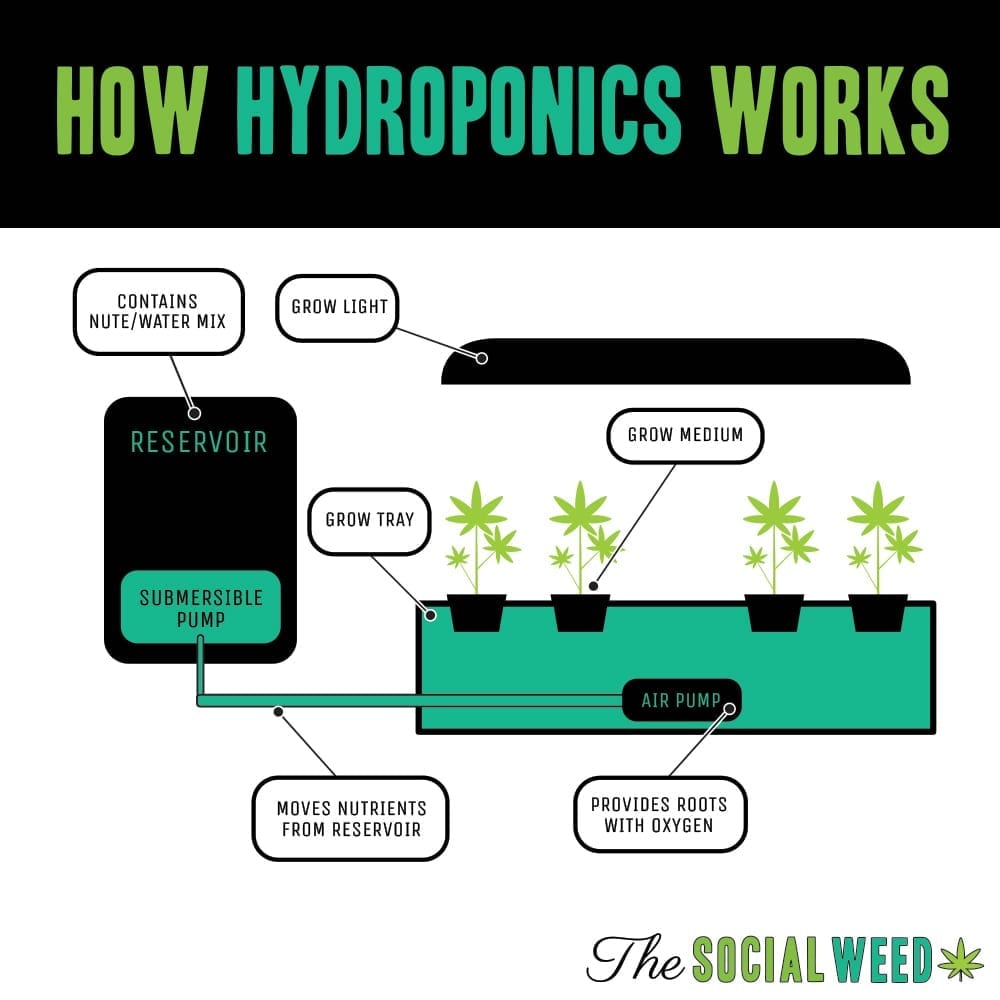
For example, Hydroponically growing can be down with soil or directly through the plant’s roots.
Hydroponics is more commonly known as ‘dro’ or simply Hydro; the former was made popularly 90s rap-artists. Hydroponic growing is done with a nutrient water solution and a growing medium versus using nutrient-rich soil. On a bigger scale, there can be timers and reservoirs to take some daily labor out of growing but it can become costly if you don’t wish to tend to your plants regularly. Despite that, this method is popular amongst those who want a simpler grow operation without compromising quality. With just the need of a growing medium, however, you would have no need for automation, electricity, or grow lights; making the process, hypothetically, simpler in the long run.
Hydroponics can be used in large commercial grows or for single plants at home. The biggest appeal being the ease in which one can test the pH of hydroponically grow cannabis. With simple soil, the process can be complicated and time-consuming. Organic growing options can make the leg-work less complicate on the grower.
Hydroponics isn’t the only organic method, however. A newer form of this practice, Aquaponics, has grown in popularity lately blending the already organic Hydroponics and aquaculture to even further reduce resources used and aid in better yields.
Aquaponic is a self-sustaining fish farming system where aquatic life waste provides nutrients and fertilizer while the system filters the water and returns it to the fish. This creates an animal-plant symbiotic relationship that can be used in with a variety of plants.
Vegas-restaurant Border Grill already uses variations of this technique including a combination of aquaponics and hydroponics. The restaurant that sits inside the Mandalay Bay Resort and Casino made the agricultural switch as it grew difficult to provide fresher produce to the valley. Much like the ordeal of transporting cannabis products through the desert, produce items are subject to the same stressors.
Rachel Wenman, Vice President of Urban Seed who grows their produce, feels that this way the plants get exactly what they need when they need it. With this method, the restaurant puts waste and resources as a priority, choosing not to put anything to waste.
For restaurants, waste management and reusable resources are important but not the highest priority. In the cannabis industry, growing techniques and adopting sustainable it can reflect in your product and eventually start to chip away at profits.
Though the appeal of a cultivation that is 100% organic is strong for many, the task is not a simple one for those who have never grown before. For any experienced grower or for a large scale cultivation, the transition can be cost-effective and simple. For beginners, they are a bit trickier. The hands-on experience it takes to understand and troubleshoot the two techniques can be daunting but, if you’re committed to organic growing, there’s tons of resources online to get up to speed with the growing experts. Hydroponics would be the best place to start. The technique has been tried-and-true among many cultivators and the information on it is much more vast than that of Aquaponics. In addition, the added element of aquatic life can be hard to juggle along with your plants.
Now that you are equipped to do some more organic growing, research more ways to get the best of your grow. These are only two options for low-stress training. Experiment and see what options work best for you and your commitment to growing. As soil, fertilizers, and methods are important factors, the grower is what makes the plant. If it’s your first time, try a strain that is easier to grow and experiment with stress-training. The possibilities are endless and the results and elevating.
Let us know what you come up with!
Written by: Joycelin Arnold


